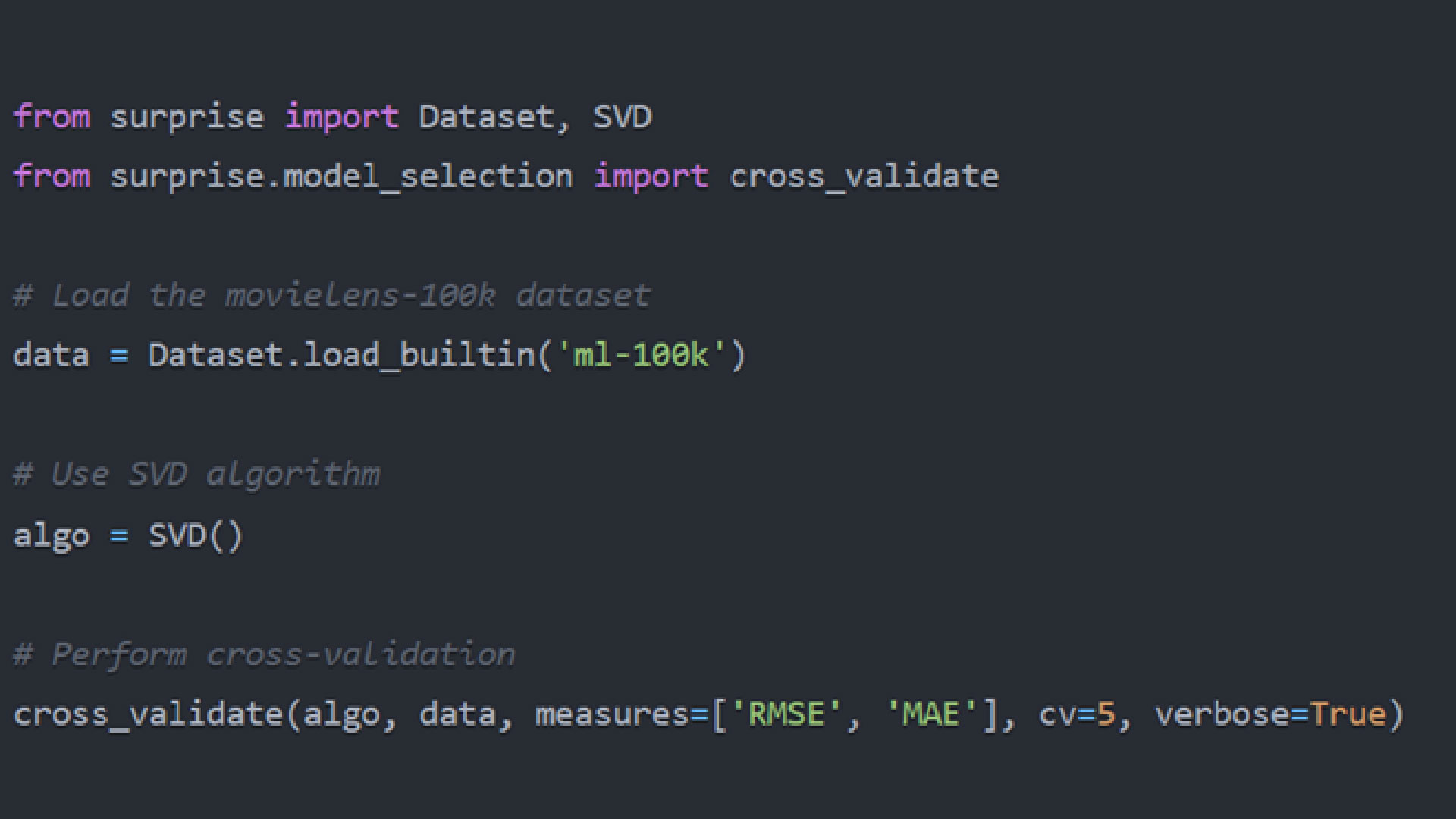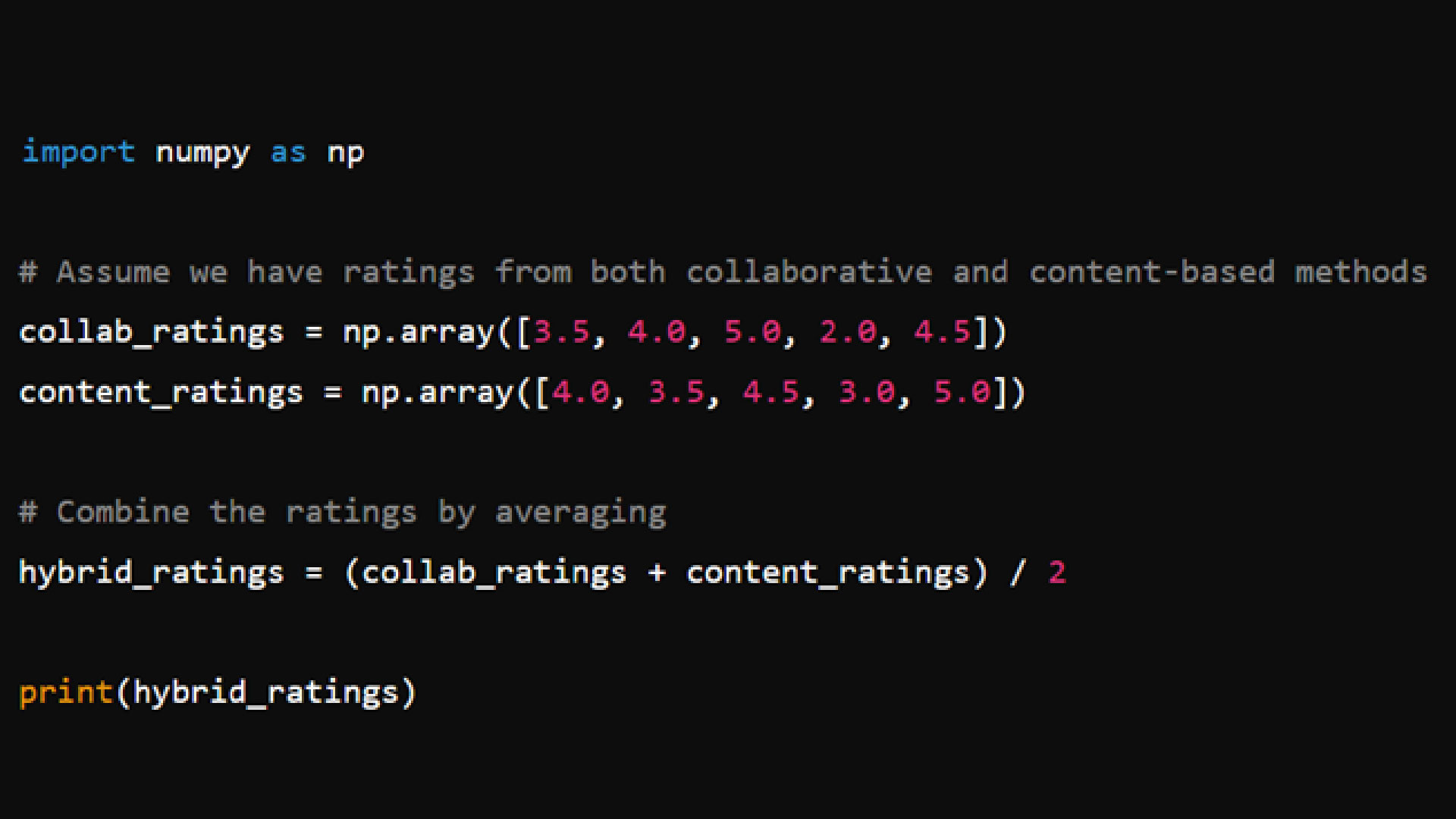
The already humongous and still growing massive world of digital commerce, where information and products sprawl endlessly across your screen no matter where you go, lies a realm of algorithmic alchemy, constantly tracking your behavior as you browse – your own personal shopper to guide you on your buying journey.
Welcome to the world of Recommender Systems
These algorithms are not just customized for you, the buyer, but also the seller, providing with previous information about your buying behavior and how they can be matched with the product you are selling. Recommender systems have become a cornerstone technology in the e-commerce world. Here, with a look into the intricacies of recommender systems, we focus on the methodologies that comprise the intricate mechanisms of recommender systems, with a primary focus on methods and algorithms based on Python, the most preferred language among data scientists today. At their core, these recommender systems are trying to solve a simple problem: predicting what a user might like based on their past browsing behavior. However, before tying ourselves into the nitty gritty of how they function, let’s look at some real industry use cases to understand just how reliant we are on recommendation systems:
These numbers, curated from several sources online, paint a picture of a digital landscape that is increasingly shaped by recommender systems.
Time for The Deep Dive
So let’s get our hands dirty as we delve into the Python powered world of recommendation engines or systems. Python is well known for its elegant syntax and a rich repository of data science libraries, is today the lingua franca of recommender system development. There are several approaches to build a recommendation system. Let’s take a look at them:
The Collaborative Filtering Approach
The basic premise of a collaborative approach is simple: if person A likes items X, Y, and Z, and person B likes X and Y, there's a good chance B will also like Z. It's the digital equivalent of word-of-mouth recommendations, scaled up to encompass millions of users and items.

In Python, implementing a basic recommendation system can be pretty straightforward, for example, using Python libraries such as the Surprise Library, which a popular recommendation system. Using this code snippet, being as compact as it is, encapsulates a world of complex mathematics.
Item Based Collaborative Filtering
Filtering in recommender systems are not limited to user behavior. There is also the possibility of Item based filtering. Item based filtering, on the other hand, target purchased items and related items towards that particular purchase showing up in recommendations. The entire concept is similar to collaborative filtering but instead of consumer cohorts, they rely on the item similarities, using the same Python library.
The Hybrid Approach
In this approach, a mix of collaborative filtering and Content Based Filtering is applied, where the goals is to ultimately provide a customized and enriched user experience, with a more nuanced approach to recommendations.
Other methodologies include age old algorithms such as Max Factorization, Deep Learning and embedding of knowledge graphs. Here’s an example of the sample code

Recently. The recommendation system domain has seen a veritable revolution with the application of deep learning techniques and neural networks, who, by their ability to discover patterns from huge amounts of data, have proven their mettle in recommendation systems. Tools like Tensorflow make the process of auto encoding easy and convenient.
So, if we were to compile the libraries and gather consumer behavior data for recommendations, the overall architecture of recommender systems, would resemble the figure below:
Conclusion
Recommender systems are one of the most pervasive and prominent areas of data science and machine learning. In this regard, Python is the most preferred language today and not without reason. We have inferred from the above code how simple and convenient it is to import a library and apply it in your code. If you are intrigued by this fascinating technology, we recommend (pun intended) to delve deeper into the subject. The correct path towards this lies in advanced course in machine learning and, of course, data science from advanced professional certification programs like USDSI, a globally renowned certification platform.
So, dear reader, the next time you see a movie suggestion on Netflix or a buy recommendation on Amazon, or even discovering your new favorite song on Spotify, spare a thought to the highly complex machinations running in the background while you make those simple purchase decisions.
This website uses cookies to enhance website functionalities and improve your online experience. By clicking Accept or continue browsing this website, you agree to our use of cookies as outlined in our privacy policy.